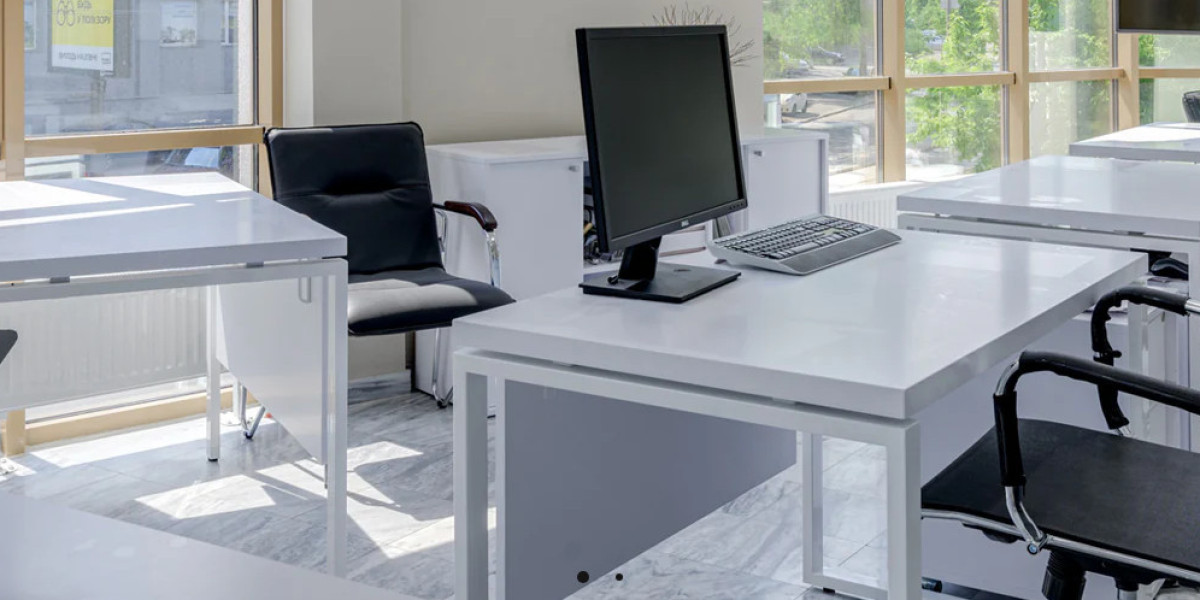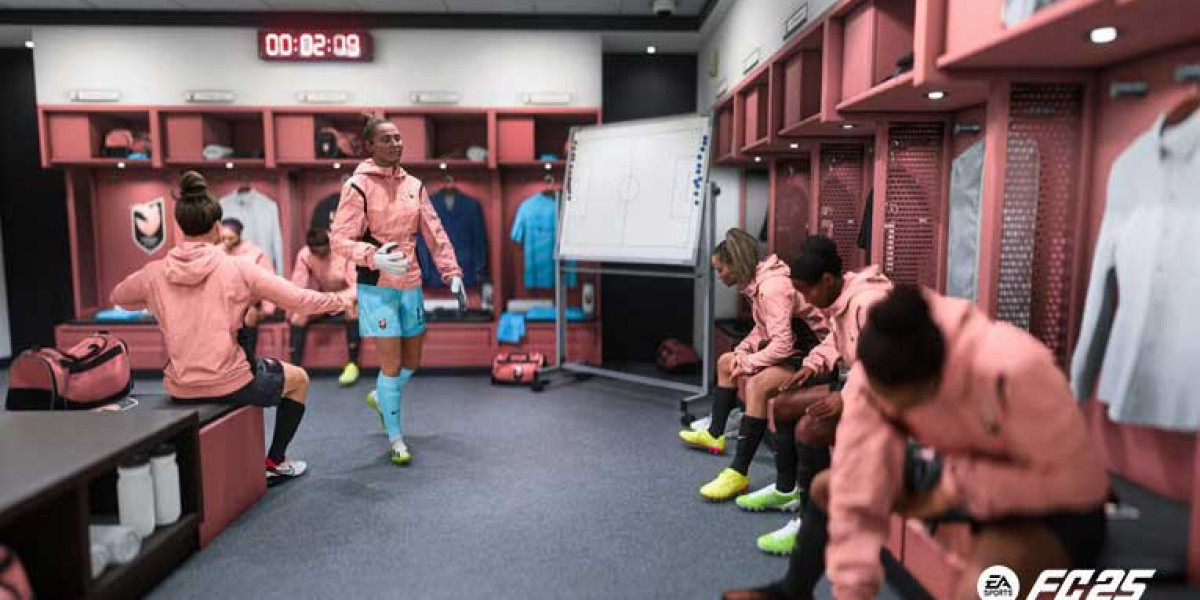Office furniture plays a significant role in shaping and reflecting a company’s culture. Thoughtfully designed furniture can foster collaboration, inspire creativity, and promote a positive work environment. Here’s how you can enhance company culture through strategic office furniture design:
1. Reflecting Company Values and Identity
Brand Alignment
- Design Elements: Incorporate design elements that reflect the company’s brand identity. This can include color schemes, logo placement, and unique design features that align with the company’s values and mission.
- Thematic Spaces: Create themed areas that align with your company’s culture. For instance, a tech company might feature sleek, modern furniture with high-tech amenities, while a creative agency might use vibrant colors and eclectic designs.
Cultural Representation
- Local Art and Craftsmanship: Include local art or craftsmanship in your furniture choices to celebrate regional culture and connect employees with their community.
- Inclusive Design: Ensure that furniture design is inclusive, catering to a diverse workforce. This includes considering various physical needs and preferences in your furniture selection.
2. Promoting Collaboration and Teamwork
Open-Plan Furniture
- Flexible Layouts: Use modular and adaptable furniture that supports open-plan layouts, fostering spontaneous interactions and collaboration between team members.
- Collaborative Zones: Design dedicated collaborative zones with flexible seating arrangements, whiteboards, and project tables to encourage team brainstorming and problem-solving.
Social Spaces
- Breakout Areas: Create comfortable and inviting breakout spaces with lounge seating, casual tables, and coffee stations. These areas provide informal meeting spots and encourage social interaction.
- Communal Furniture: Incorporate large, communal tables or shared workstations where employees can gather, share ideas, and work together.
3. Enhancing Employee Well-Being
Comfort and Ergonomics
- Adjustable Furniture: Invest in ergonomic furniture that supports various working styles and needs, such as sit-stand desks and adjustable chairs. Comfortable employees are more likely to feel valued and engaged.
- Wellness Features: Include features that promote physical well-being, such as anti-fatigue mats, proper lighting, and adjustable monitor arms. A focus on health can enhance overall morale and productivity.
Quiet and Reflective Spaces
- Focus Areas: Design quiet zones with comfortable seating and sound-absorbing materials for employees who need a distraction-free environment to concentrate.
- Relaxation Zones: Provide relaxation areas with calming furniture, such as lounge chairs or hammocks, where employees can unwind and recharge.
4. Encouraging Creativity and Innovation
Flexible Workstations
- Dynamic Furniture: Use flexible and modular furniture that can be easily rearranged to suit different tasks and projects. This supports creative workflows and allows teams to adapt their environment to their needs.
- Interactive Surfaces: Incorporate whiteboards, writable walls, and interactive screens into the furniture design to facilitate brainstorming and idea generation.
Inspirational Design
- Aesthetic Appeal: Choose furniture with aesthetically pleasing designs that inspire creativity and motivate employees. This can include unique shapes, vibrant colors, and artistic elements.
- Personalization: Allow employees to personalize their workspace with adjustable furniture and accessories, making them feel more connected and invested in their environment.
5. Supporting Flexibility and Hybrid Work
Multi-Functional Furniture
- Versatile Pieces: Invest in multi-functional furniture that can serve various purposes, such as desks that double as meeting tables or storage units that also act as room dividers.
- Mobile Solutions: Use mobile furniture options like rolling chairs and movable partitions to support dynamic work environments and accommodate different work styles.
Home Office Integration
- Remote Work Furniture: Consider the needs of remote employees by providing ergonomic furniture solutions that can be used in home offices, maintaining consistency in work environments across locations.
- Hybrid Spaces: Design office spaces that support hybrid work models with adaptable furniture that can easily be rearranged for different team setups and individual work preferences.
6. Fostering Inclusivity and Accessibility
Universal Design
- Accessible Furniture: Ensure that all furniture is accessible to individuals with varying abilities. This includes adjustable desks, accessible seating, and clear pathways.
- Ergonomic Considerations: Incorporate features that support different body types and needs, such as height-adjustable desks and chairs with various adjustability options.
Collaborative Design
- Feedback Integration: Involve employees in the furniture design process by seeking their feedback and preferences. This collaborative approach ensures that the furniture meets the diverse needs of the workforce and aligns with their expectations.
7. Creating a Positive and Engaging Environment
Comfortable Workspaces
- Quality Materials: Choose high-quality, durable materials that enhance comfort and convey a sense of value and care for employees.
- Aesthetic Harmony: Ensure that the furniture design creates a harmonious and visually appealing environment that positively influences mood and productivity.
Sustainability
- Eco-Friendly Options: Opt for sustainable and eco-friendly furniture options that reflect the company’s commitment to environmental responsibility. This can include furniture made from recycled materials or sustainable sources.
Conclusion
Thoughtful office furniture design is a powerful tool for enhancing company culture and fostering a positive work environment. By reflecting company values, promoting collaboration, supporting employee well-being, and incorporating flexibility, you can create a workspace that not only meets practical needs but also inspires and motivates your team. As you design or update your office space, consider how each piece of furniture contributes to the overall culture and environment, ensuring that it aligns with your company’s vision and supports your employees' needs.








